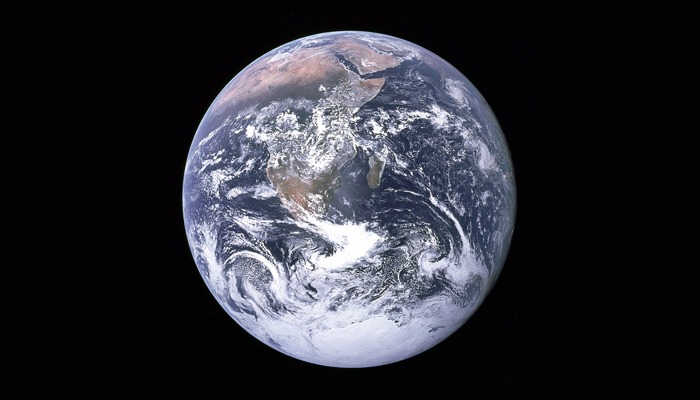Photography of astronomical objects and areas of the night sky is called astrophotography, also known as astronomical imaging. With the development of cameras and space equipment technologies, we can now see pictures of space bodies that we had never seen before. And due to the unwavering interest of people to learn more about space, Space Slots are also growing in the online casino industry.
History of Astrophotography
Astrophotography or space photography is not a new thing. It has been around since the late 1860s or early 1870s. Astrophotography was developed as a scientific tool for the first time somewhere in the mid-19th century. During this tenure, amateur astronomers started looking for ways to get images of astronomical objects.
To capture the space bodies, a very long exposure was required. Hence the early astrophotography was full of technical problems, and the final product was always so blurry. Even when most technical issues were somehow solved, early astrophotography had several limitations due to the extreme lack of advancements in technology. The process used for recording space bodies during the mid-19th was called the Daguerreotype process. This process could only capture bright space bodies as it was too slow to record darker space bodies or celestial events.
Louis Jacques Mande Daguerre was the first person to make an attempt at astronomical imaging. He is the same person after whom the Daguerreotype process was named. The first space body captured by Daguerre was of Moon; however, the image was more like a dark spot.
In 1840, a New York University professor named John William Draper succeeded in getting a clear picture of the Moon. The first-ever picture of the Sun may have been taken somewhere in 1845 by the French physicists Hippolyte Fizeau and Leon Foucault. On the other hand, the solar eclipse was first successfully captured in 1851 by Dr. August Ludwig Busch.
The first star was photographed in 1850 by the daguerreotype photographer John Adams Whipple and astronomer William Cranch Bond. Moreover, the first-ever spectrogram of a star was recorded by Henry Draper in 1872.
It wasn’t until 1876 that astronomical photography was used as a scientific tool. In 1876, Sir William Huggins and his wife Margaret Lindsey Huggins used space photographs to record the spectra of astronomical bodies.
How is Space Photography Done?
Today NASA’s astrophotography collection is the biggest collection of space photographs; however, it is also a popular hobby among several amateur photographers and astronomers.
NASA has been collecting pictures of several space bodies, especially mars, for years, with the help of robotic spacecraft and rovers. The Mars rovers capture pictures on Mars and send them directly to Earth, which is later published by NASA for the public.
The pictures taken in space are captured by specialized astrological cameras fitted in satellites, rovers, astrological telescopes, and spacecraft. Moreover, these astrological instruments consist of more than one camera with different resolutions and magnifications to capture several images from several perspectives.
Following are some popular space photographs, along with the information about how they were taken.
1. The Pale Blue Dot
The pale blue dot was the picture of Earth taken by the Voyager 1 space probe on 14th February 1990. Voyager 1 captured this image from a distance of around 6 billion kilometers, and the image was a part of the series called Family Portrait of the Solar System.
There were two cameras installed in the Voyager 1. One was a low-resolution wide-angle, 200 mm focal length camera used for spatially extended photography. While the other one was a 1500 mm high-resolution narrow-angle camera. The second 1500 mm high-resolution NA camera captured the image of a pale blue dot.
Due to the long distance, the telecommunication capability of the Voyager 1 had also diminished, and very few data modes were available for using the imaging system.
After the Voyager 1 had taken the Family Portrait of the Solar System, the NASA mission managers powered the cameras of Voyager 1 down. This was because the spacecraft couldn’t fly near anything else while the rest of the systems that were collecting data needed the power to function.
2. Pillars of Creation
The Pillars of Creation is a famous photograph captured by the Hubble Space Telescope. The image is of interstellar gas and dust in the Eagle Nebula. The astrological event took place in the Serpens constellation that is around 6,500 to 7000 light-years from the Earth.
The picture was named “Pillars of Creation” because the process was happening to form new stars. The picture was captured on 1st April 1995 and was named one of the top ten photographs captured by the Hubble Space Telescope. Paul Scowen and Jeff Hester from Arizona State University captured this amazing picture.
Hubble captured the photo of the interstellar gas and dust consisting of 32 different images, clicked by four different cameras. WFPC2, also called the Wide Field and Planetary Camera 2, consists of 4 separate cameras in it, and it was previously fitted in Hubble Space Telescope. The photograph was formed by the light emitted by different elements in the cloud, and they appear as a different color. The “stair-shaped” missing part in the image is due to the high-resolution camera and magnified view.
3. Earthrise
Earthrise is a photograph of Earth captured by Apollo 8. The picture was captured on 24th December 1968, from lunar orbit by William Anders, an astronaut in Apollo 8.
William Anders captured the image with a 70mm color film camera (highly modified Hasselblad 500 EL) with an electric drive. The camera had a simple sighting ring instead of a standard reflex viewfinder. Lastly, it was loaded with a Kodak 70mm film with custom Ektachrome film. Anders took several photos at the point; however, only this one turned out to be the best.
4. Pictures by Mars Rover
Mars rovers are motor vehicle robots that NASA sends to Mars. They travel across the surface of Mars. Several Mars rovers have been sent to the planet, some of which are still functional while others are no longer active. These rovers have been collecting data over Mars, and these are how we are able to see the pictures of Mars
Mars rovers have cameras fit in them that capture images throughout their journey on Mars. These rovers not just take pictures but also characterize the climate, geology and prepare for human exploration on Mars.
Conclusion
Space photography is a major source of information about the secrets that space holds. From the images of Earth to the images of Mars, every single picture is being used to study and understand the dynamics of space bodies. Moreover, space photography has also helped astronomers get the first image of the black hole and other celestial events that humans could have never imagined before.

